When aspiring to play cricket professionally, acquiring a cricket kit is paramount. However, understanding the contents of a cricket kit and whether additional equipment is necessary can be perplexing.
In this article, we look into the components of a cricket kit, addressing common queries and providing invaluable insights.
Cricket Kit All Items Names And List
Before delving into specifics, let’s define what a cricket kit entails. Essentially, a cricket kit comprises a bag containing essential cricket gear. The following items are typically included:
| S.No | Item | No. of Pieces | Purpose | Worn on |
|---|---|---|---|---|
| 1 | Batting Pads | 2 | Protect legs | Both the legs |
| 2 | Thigh Pads | 1 | Protect front thigh | Thigh of front leg |
| 3 | Abdominal Guard | 1 | Protect abdomen | Abdomen area |
| 4 | Chest Guard | 1 | Protect ribs | Chest |
| 5 | Cricket Bat | 1 | To Bat | Not to be worn |
| 6 | Batting Gloves | 2 | Protect fingers & knuckles | Hands |
| 7 | Elbow Guard | 1 | Protect arm & elbow | Arm facing bowler |
| 8 | Helmet | 1 | Protect the Head | On the head |
| 9 | Kit Bag | 1 | Easily carry cricket equipment | Not to be worn |
What Does A Cricket Kit Include?
Batting Pads
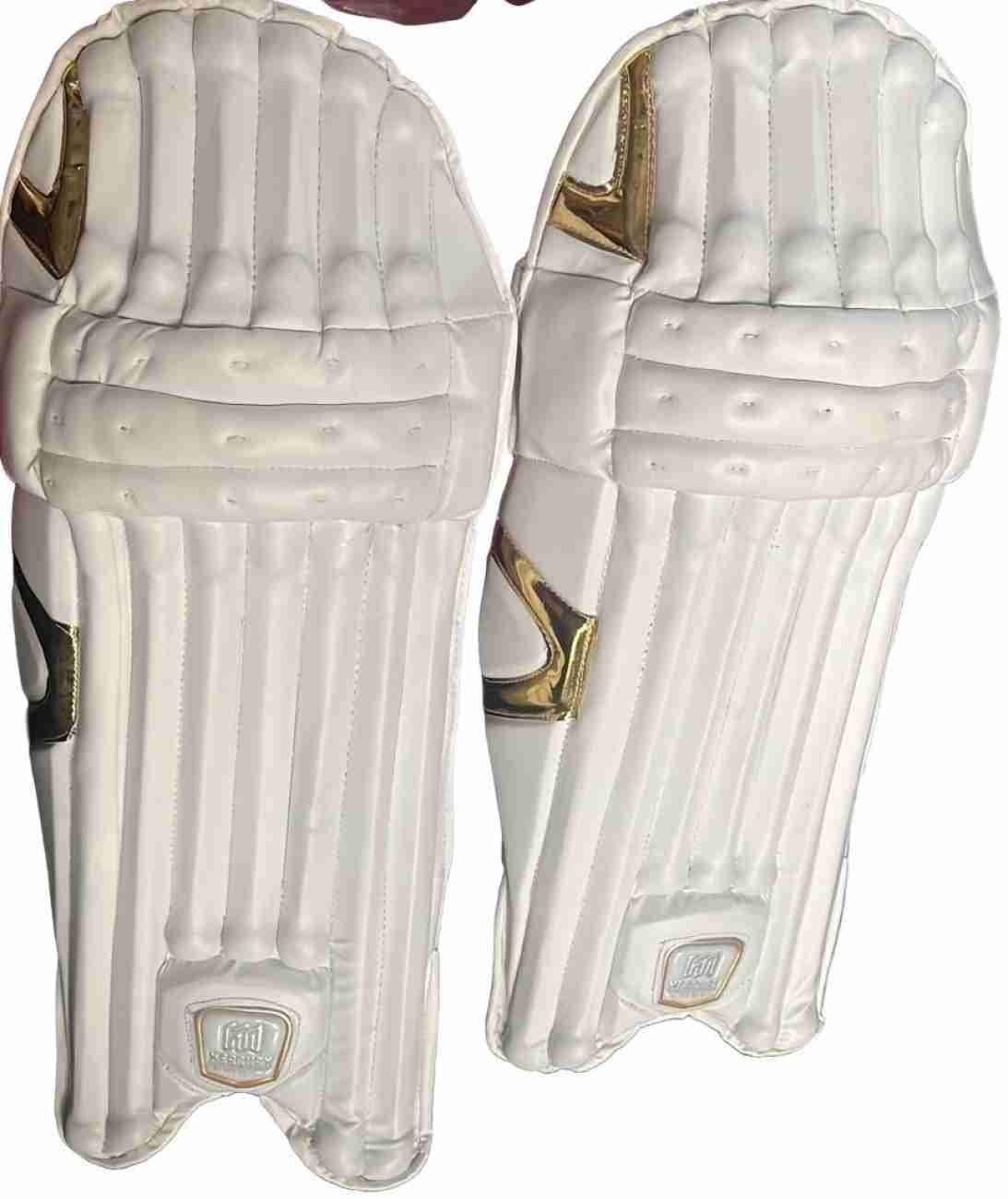
Batting pads are indispensable in a cricket kit, offering protection to the legs during batting. Ensuring the pads fit correctly is crucial to avoid hindrance during play. When purchasing online, verifying the size or opting for a return option is advisable.
Thigh Pads
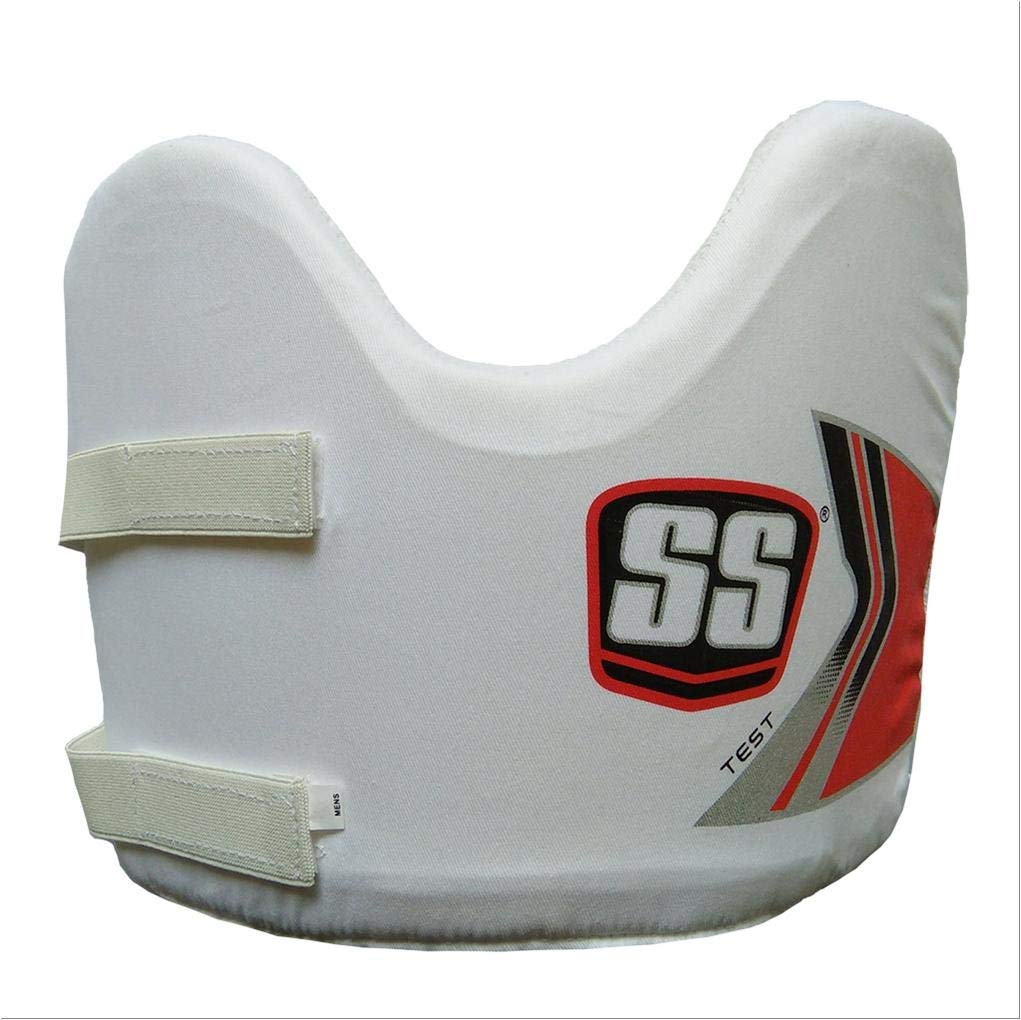
Designed to safeguard the front thigh, thigh pads are essential additions to protect uncovered areas not shielded by batting pads. While some players forgo thigh pads due to discomfort, wearing them snugly inside trousers ensures both comfort and protection.
Abdominal Guard
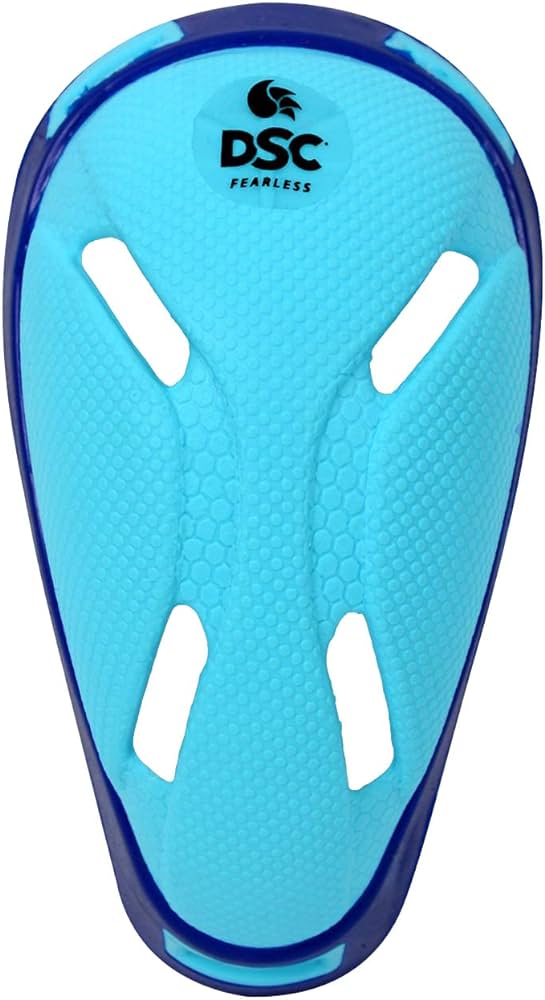
Despite its size, the abdominal guard plays a vital role in shielding the abdomen area from potential injury caused by a cricket ball impact. Overcoming initial discomfort is possible with practice and using an abdominal strap aid in securing the guard effectively.
How to wear and use abdominal guard in cricket?
An abdominal guard, also known as a box or L-guard, is a crucial piece of protective equipment for batsmen in cricket. Here’s a step-by-step guide to wearing and using it properly:
Step 1: Suit Up
Put on your inner wear (jockstrap or compression shorts) first. This will provide an additional layer of comfort and keep the guard in place.
Step 2: Guard Placement
Hold the abdominal guard with the protective cup facing you. Now, carefully slip it inside your cricket pants or shorts.
Step 3: Find the Sweet Spot
Position the guard securely over your lower abdomen and groin area. Ensure the cup sits comfortably in place, covering everything it needs to! Imagine the guard creating a protective shield for your vulnerable areas.
Step 4: Secure the Straps
Most abdominal guards come with adjustable straps. These straps typically wrap around your thighs and fasten securely with velcro closures. Tighten the straps comfortably but not so much that they restrict your movement. You want a snug fit that keeps the guard from shifting during play.
Step 5: Double-Check
Once strapped in, do a few jumping jacks or light stretches. The guard should stay put through your movements. If it feels loose or moves around, adjust the straps for a better fit.
Bonus Tip: Size Matters
Always choose an abdominal guard that fits your body size. A guard that’s too big can be uncomfortable and move around, while one that’s too small won’t provide adequate protection. Look for size charts offered by different brands or consult a salesperson at a sporting goods store for guidance.
Additional Tips:
- Some abdominal guards come with a built-in pouch for a cup (plastic insert for extra protection). If yours does, make sure the cup is inserted correctly inside the pocket before use.
- Replace your abdominal guard periodically, especially if it shows signs of wear and tear or loses its protective capabilities.
By following these steps, you can ensure your abdominal guard is worn comfortably and effectively, allowing you to focus on batting with confidence and maximum protection.
Chest Guard
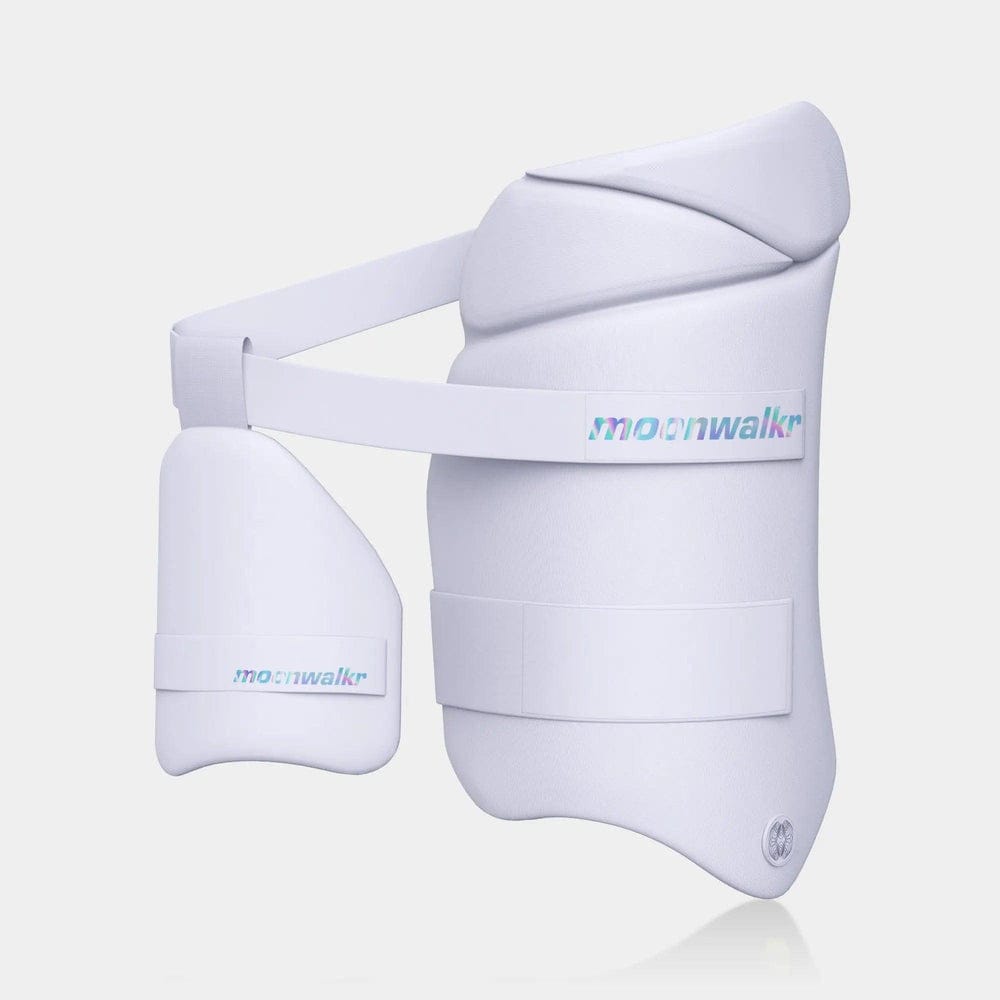
The chest guard, worn beneath clothing, shields the ribs from fast bowlers’ deliveries. Its placement on the side facing the bowler ensures adequate protection during play.
Cricket Bat

Integral to the game, a cricket bat’s quality significantly influences batting performance. While kits usually include bats from the same manufacturer, opting for a different bat is possible if desired, albeit separately.
Batting Gloves
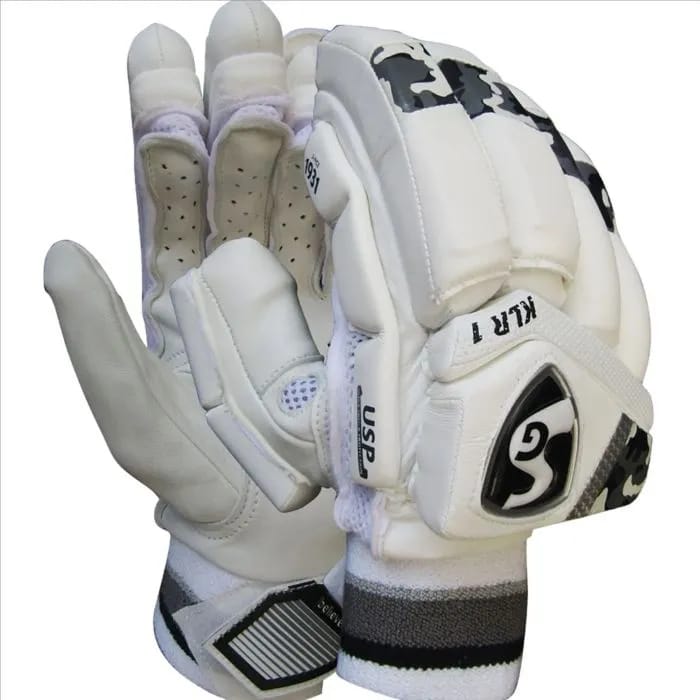
Protecting fingers and knuckles, batting gloves are crucial for batsmen. Ensuring correct glove orientation for right or left-handed batsmen is essential for optimal grip and protection.
Elbow Guard

Also known as an arm guard, the elbow guard shields the arm and elbow, particularly against fast bowlers’ deliveries.
Cricket Helmet
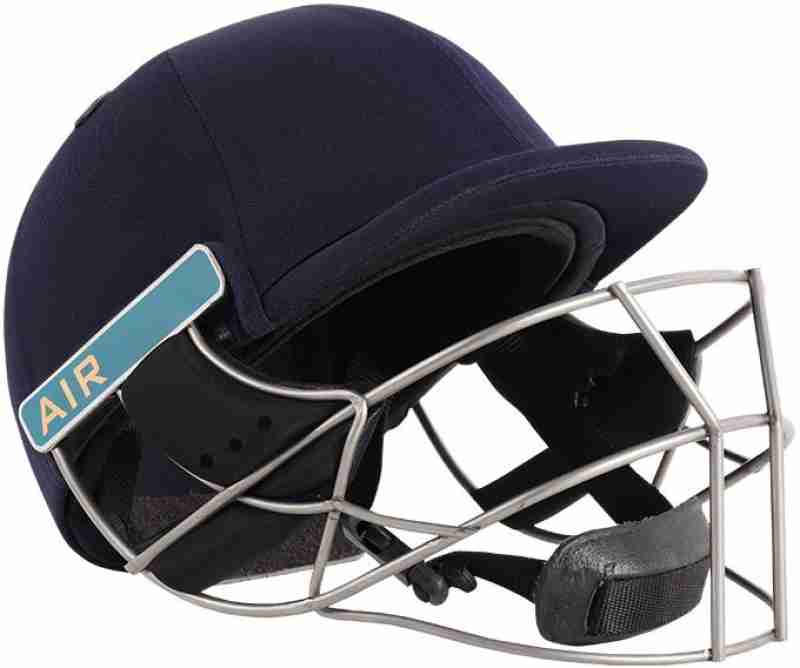
A cricket helmet is must for head protection against fast deliveries. Compliance with safety standards is imperative, as per regulations stipulated by the International Cricket Council (ICC).
Kit Bag
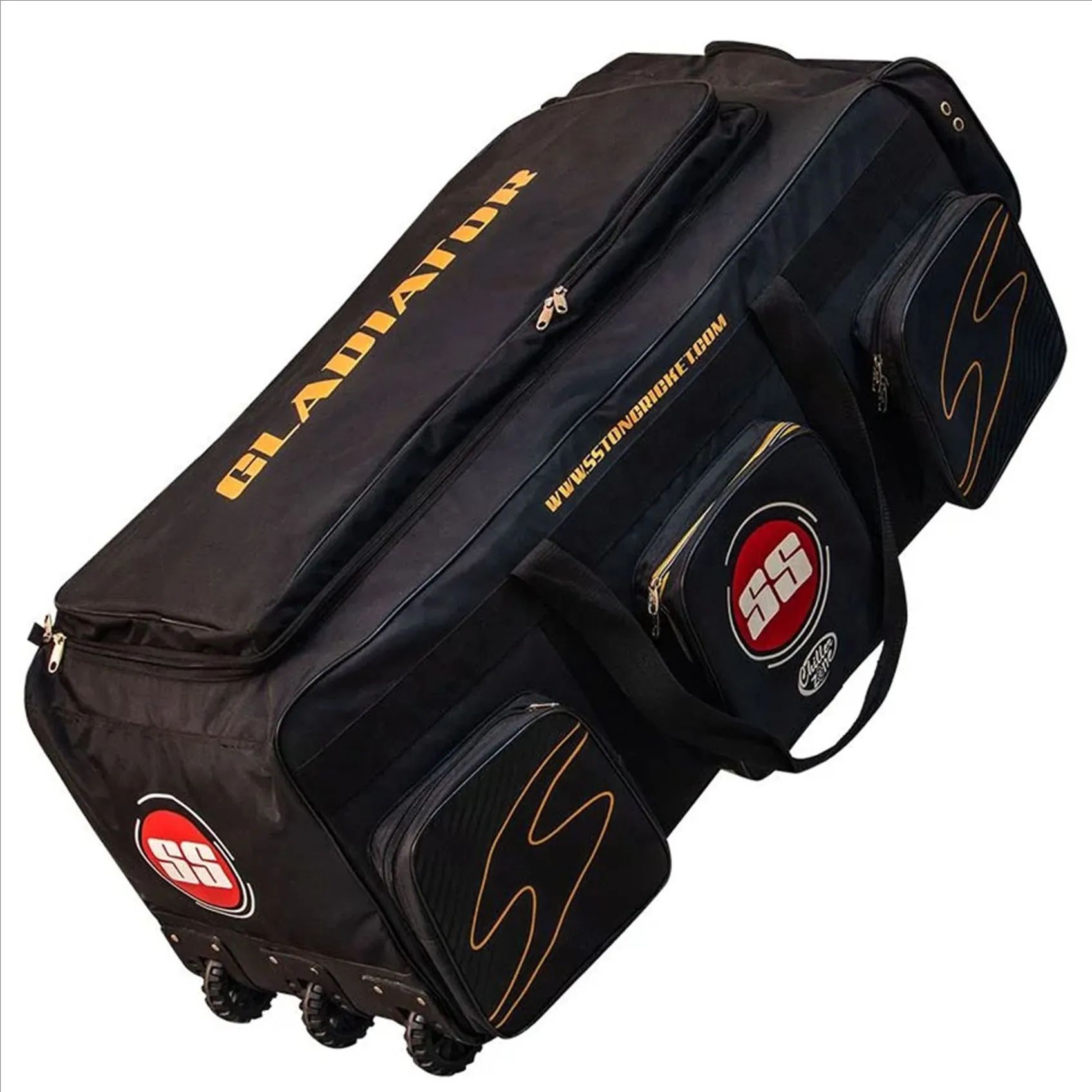
Although not worn during play, a kit bag is indispensable for transporting cricket equipment. Opting for a sturdy bag with multiple compartments enhances convenience and accessibility.
Additional Equipment to Consider
While a standard cricket kit suffices for initial play, certain accessories may enhance performance and comfort:
- Cricket Shoes: Essential for optimal grip and performance on the field.
- Inner Gloves: Aiding in moisture absorption and grip enhancement during long batting sessions.
- Cricket Whites: Traditional attire essential for club cricket matches.
- Zinc Cream: Provides protection against sunburn and skin damage in sunny conditions.
- Bat Grips: Crucial for maintaining a secure grip on the bat handle.
- Grip Cone: Facilitates easy application of bat grips.
- Cricket Ball: Ideal for additional practice sessions.
- Cricket Hat: Offers protection from sun exposure during matches.
In Conclusion
Acquiring a cricket kit can be daunting, but understanding its contents is essential for optimal play. Whether purchasing for oneself or a child, ensuring proper fit and usage of equipment is paramount for a fulfilling cricketing experience.
James Paul is a former first-class cricketer and passionate cricket analyst. His decades of experience on the field and his love for the game shape his insights into the strategies and personalities that define world-class cricket.

Your article helped me a lot, is there any more related content? Thanks!